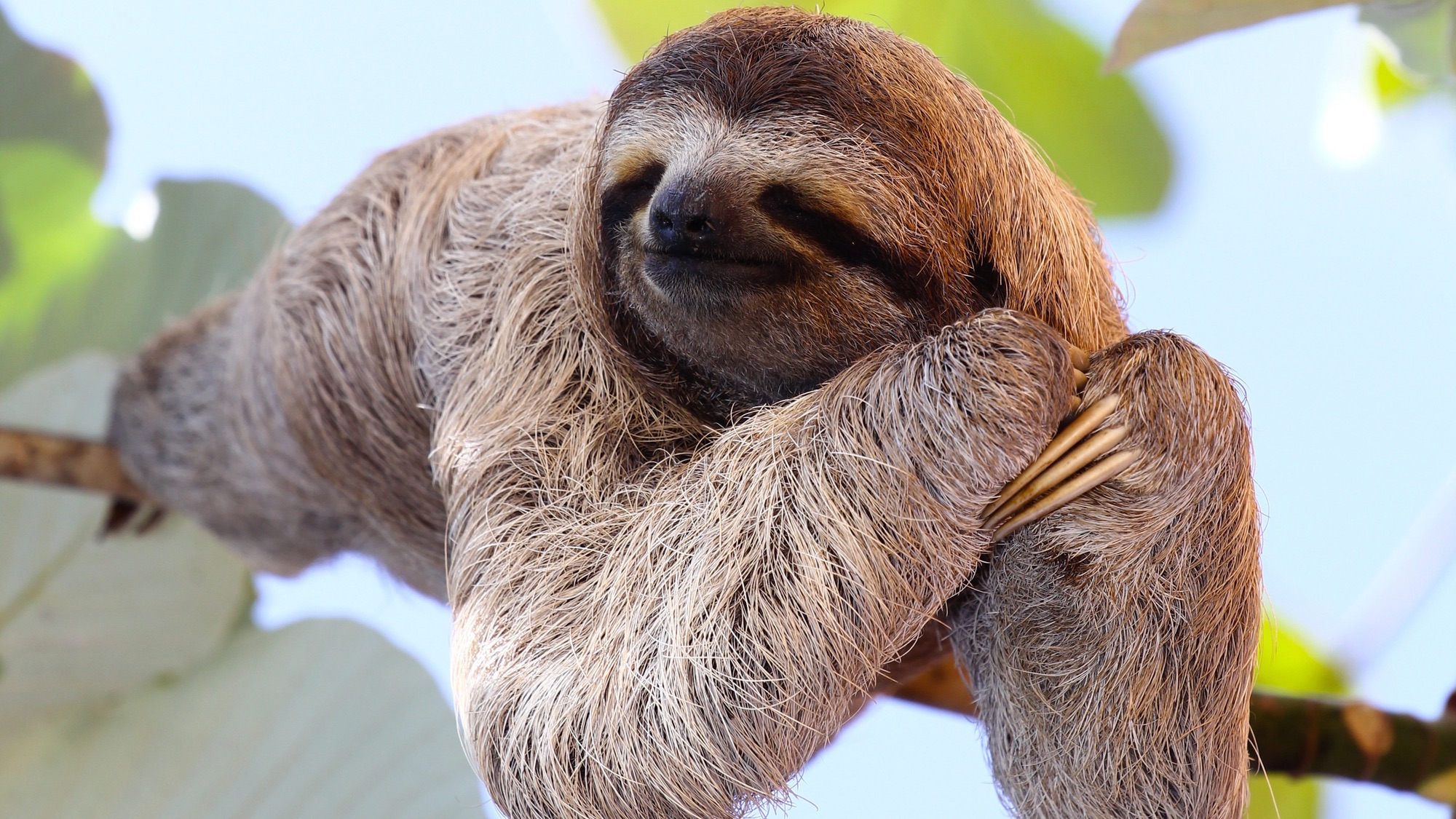Who amongst us hasn’t wondered if a snake can fart?
Dani Rabiotti, a quantitative ecologist, posed that question to Twitter in 2017. Her inquiry into animal flatulence went viral, of course. From there, #doesitfart spread quickly (much like a, well, you know). Rabiotti and her co-author Nick Caruso turned the subject into a book that reached the 2018 New York Times Bestseller list.
Put simply, a fart is “any gas expelled from the end of an animal that is opposite its mouth,” Rabaiotti and Caruso explain in their seminal book Does It Fart?: The Definitive Field Guide to Animal Flatulence.
An animal’s fart can come via its anus, if it has one, or its cloaca–a combined opening for urination and defecation. The gas release makes the orifice vibrate against an organism’s sphincter muscles, creating a sound.
Which animals can fart?
A great many animals can and do fart. Humans, of course, but hyenas, manatees, dogs, and bobcats all do as well. A fair number of creatures you might not expect also add to the toot chorus. As mentioned above, there are enough flatulent animals to fill a book.
Consider the herring, for one. Not only can the fish fart, it does so on purpose in order to communicate. Herring fart at a frequency too high for predator fish to hear, so their flatulence functions as a secret fish code.
Farts aren’t all created equal, and they can serve different purposes. Passing gas can relieve intestinal discomfort, or be used to communicate, as with the herring above. Farts can also be used to scare potential predators. When threatened, a Sonoran coral snake sucks air into its cloaca (the single orifice snakes use to pee and poop) and expels it again with a popping sound. Rabiotti and Caruso write that this “cloacal popping” sounds like a “higher-pitched, shorter version of a human fart.” Keep that in mind next time you’re hiking in and around southern Arizona.
The Bolson Pupfish, which only lives in Mexico’s Cuatro Cienegas Reserve, has the illustrious distinction of being an animal that must fart to live. The fish feast on algae, which produces gas. As the gas builds up in the fish, it begins to float toward the surface, where hungry predators await. Farting lets the fish sink back down to the sediment in which it normally stays.
In addition to being able to survive absolutely everywhere, American cockroaches can also fart.
Which animals can’t fart?
Some animals can fart, but don’t, while others are truly unable.
Bats, though they should be able to fart, don’t seem to. Possibly this is because they digest their food so quickly, preventing internal gas buildup. Most animals that digest their food theoretically have the capacity to fart, though they may not do so audibly or frequently.
Animals that truly can’t fart lack a digestive system to break down food in a way that creates gas inside of a closed space (like an intestine) and then expels it. A Portuguese man o’ war, for example, is incapable of farting. Technically a colony of specialized organisms, the man o’war liquefies the prey it captures in its tentacles.
Birds in general don’t fart, explain Rabiotti and Caruso, because the food they eat passes through their digestive systems very quickly (no time for gas buildup) and their gut microbes are different (and less gas-producing) than mammals. The jury is out on whether amphibians toot. Frogs’ sphincter muscles aren’t very strong, making it less likely that passing any gas would cause strong enough vibrations to be audible.
An outlier among mammals, sloths don’t fart. They digest their simple food incredibly slowly and while their gut microbiome produces methane, that gas is absorbed and breathed out, not released as flatulence.
This story is part of Popular Science’s Ask Us Anything series, where we answer your most outlandish, mind-burning questions, from the ordinary to the off-the-wall. Have something you’ve always wanted to know? Ask us.

